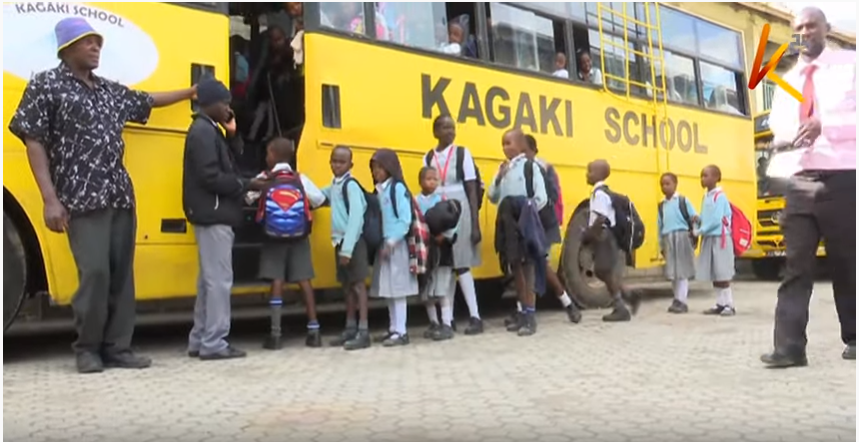Photo by Desola Lanre-Ologun on Unsplash
Many public and private schools operate school transport services to ferry students to and from school daily during school days. With the school bus system, many parents get to save on time, and cost and ensure the safety of their children on transit to school. Schools, on the other hand, get to offer value-added services to their clients i.e. parents and out of it also generate employment and additional income for the school.
However, despite the benefits that the school bus system brings to all the stakeholders, running a school transport system can be rigorous, time-consuming and a loss-making venture if not handled properly. For example, poor time management can bring frustration to stakeholders, parents will feel the offered service is inefficient and will raise complaints, students will be late for their classes and programs, teachers will be late for their lessons and so on. But the elephant in the room is the issue of cost which usually raises the question among school administrators and proprietors – is my school bus transport service efficient and profitable?
Many school proprietors struggle to answer this question. They struggle because of poor planning, poorly trained personnel, lack of visibility and lack of systems in school transport. For example, poor planning happens when school bus trip planning and scheduling are not done efficiently. A school bus with a higher capacity can travel for a long distance carrying few students hence burning fuel and time resulting in losses. This happens because of the type of vehicle used, a smaller engine vehicle could have been better for this case. But it goes beyond planning, in transport and logistics, innovations such as route optimization can promote time-saving and bring efficiency in school transport. Route planning and optimization for school transport involves the following:
- Determining the actual location of each student
- Determining the best route for pick-ups and drop-offs
- Maximizing the school bus for pick-up and drop-offs to increase efficiency through proper zoning and proper vehicle type allocation
- Negotiating with parents on pick-up times to avoid traffic or time spent on the road
- Adopting technology to help drivers in decision support
With well-planned routes, school bus drivers will spend less time driving and better arrival time to school. In addition, it will reduce fuel costs, reduce emissions on the road and reduce the workload for the drivers.
Schools can begin the journey of running an efficient, orderly and cost-effective school transport by investing in systems to manage their school transport.




